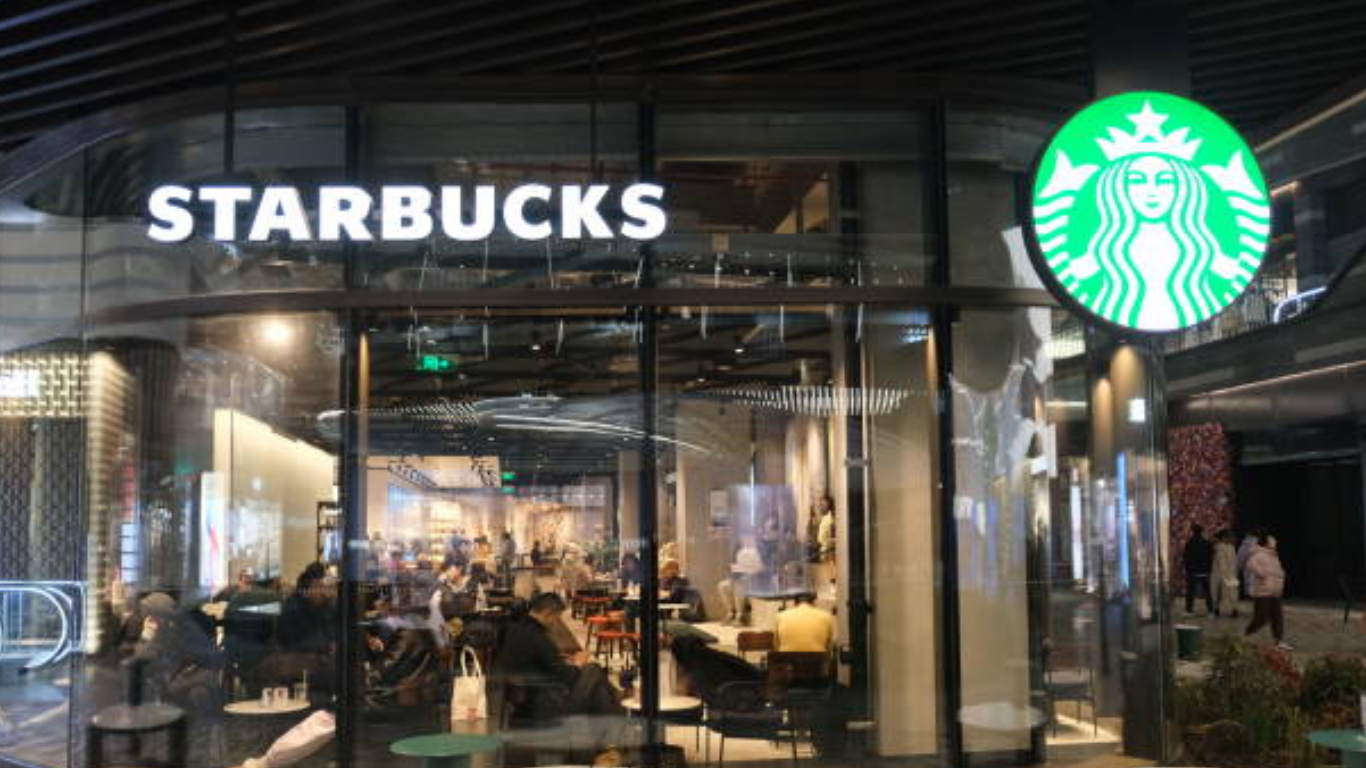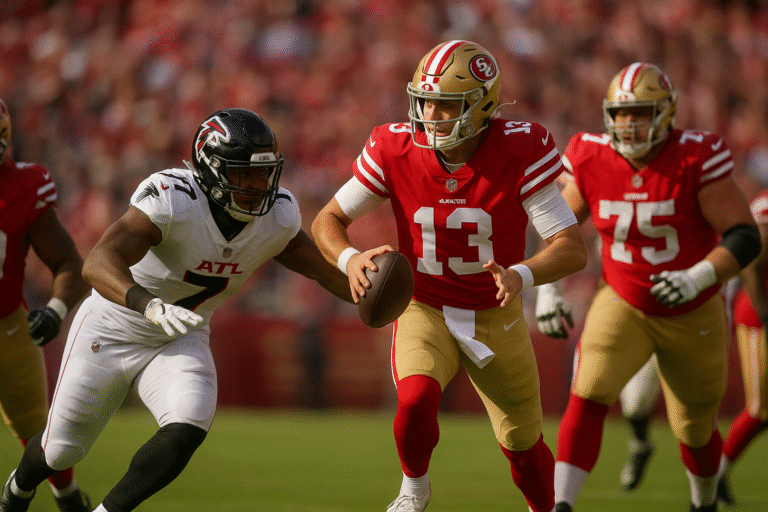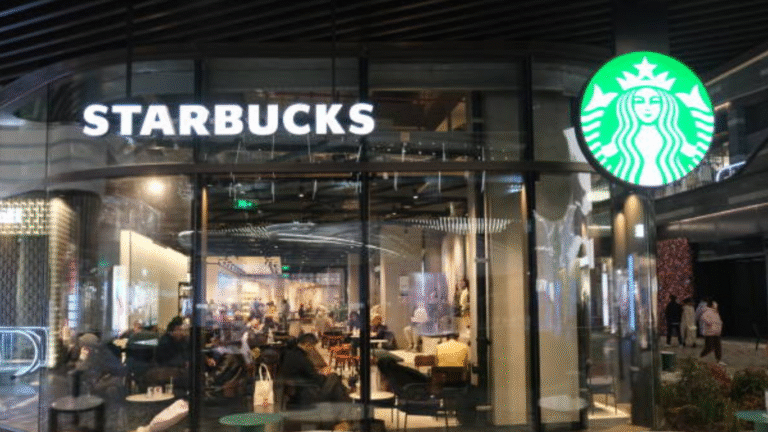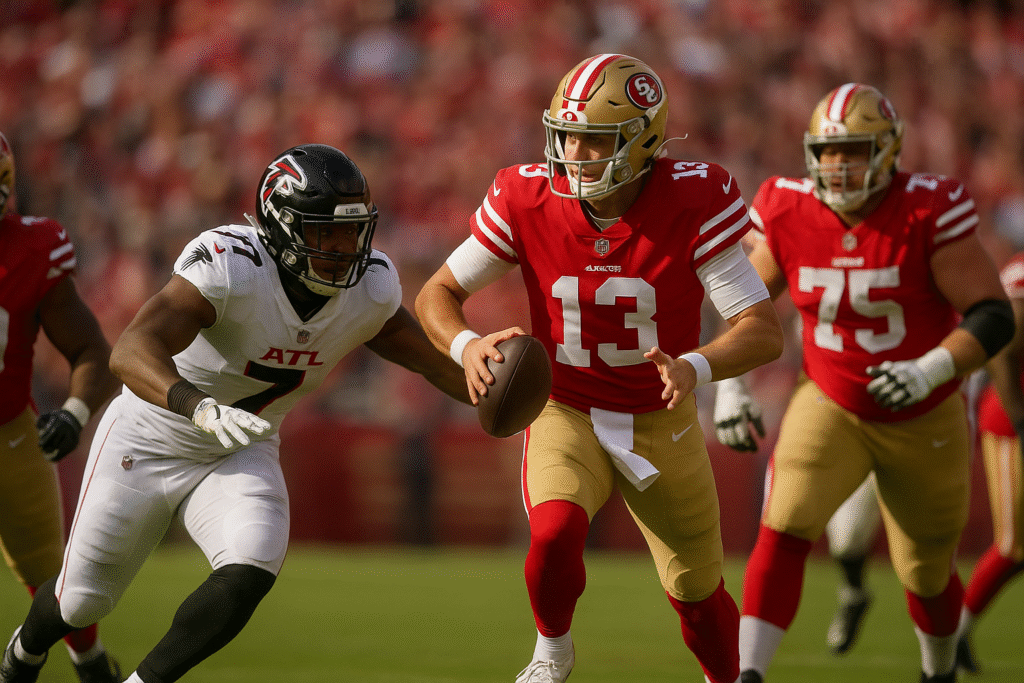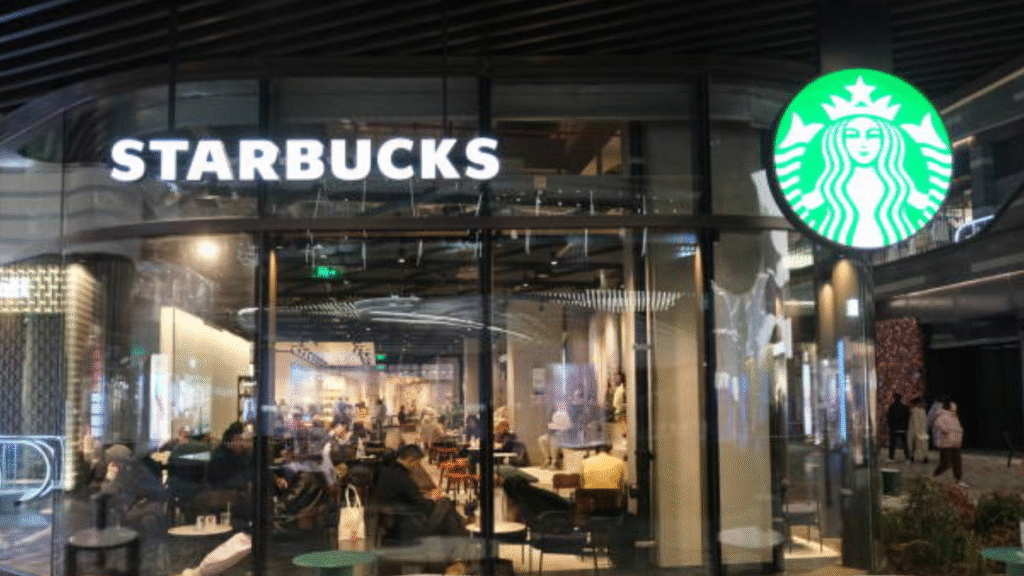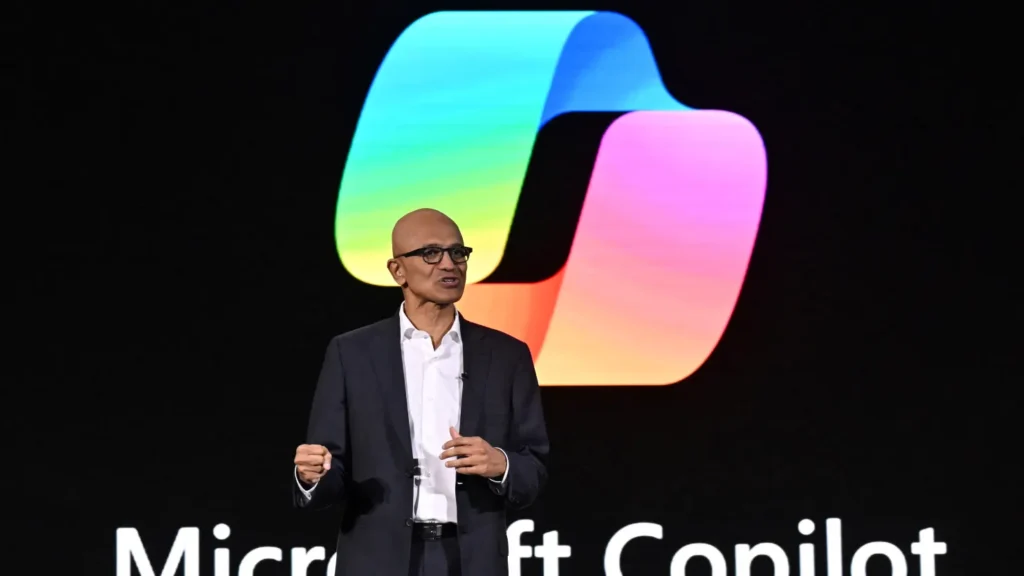A Tech and Business Shake-Up
The news that Starbucks cuts jobs and plans to close stores as part of a massive cost-saving overhaul has sparked global conversations. While Starbucks is traditionally viewed through the lens of coffee and retail, its decision has significant implications for technology, operations, and digital transformation strategies.
This blog explores the background of Starbucks’ restructuring, the role of technology in its decision-making, how workforce reductions align with automation and AI adoption, and what this means for both employees and consumers in 2025 and beyond.
Why Starbucks Is Restructuring Now
Every major corporation evaluates cost-saving measures at some point, but when Starbucks cuts jobs, it reflects broader economic, industry, and internal pressures. A few factors driving this overhaul include:
- Post-pandemic demand shifts – Hybrid work models have reduced weekday morning foot traffic.
- Rising labor and supply costs – Inflation and wage pressures are squeezing profit margins.
- Digital ordering dominance – More customers now use apps, reducing the need for certain store operations.
- Global expansion vs. U.S. market saturation – Starbucks is strong worldwide but facing stagnation in mature markets.
This restructuring is not just about cost reduction. It’s about reshaping Starbucks for a digital-first retail future.
Starbucks Cuts Jobs: A Look at the Numbers
The announcement that Starbucks cuts jobs highlights approximately 900 layoffs tied to restructuring, with additional changes expected in store operations. While these numbers may sound small compared to Starbucks’ global workforce of over 400,000, they represent a shift in priorities:
- Corporate staff reductions – Streamlining support teams.
- Regional office consolidation – Leveraging centralized technology systems instead of regional redundancies.
- Store closures in underperforming areas – Especially in markets where mobile orders dominate.
This leaner model focuses on agility and technology adoption rather than sheer workforce size.
Technology as the Hidden Driver
Whenever Starbucks cuts jobs, technology is often part of the story. The company has heavily invested in digital solutions:
- AI-powered ordering – Voice-enabled ordering via Alexa and in-app recommendations.
- Data analytics – Predicting customer demand for more efficient staffing.
- Automated coffee machines – Reducing manual barista labor in some store formats.
- Mobile-first loyalty program – With over 30 million active users in the U.S. alone.
These advancements reduce the need for certain job roles while creating new positions in IT, AI, and digital marketing.
Automation vs. Human Touch
The Starbucks brand has always emphasized experience the “third place” between home and work. Yet, when Starbucks cuts jobs, the balance between automation and human interaction comes into focus.
- Automation benefits: Faster service, fewer errors, lower labor costs.
- Human element risks: Losing the warm, personalized customer service that Starbucks built its identity on.
The future will likely blend both worlds: digital-first efficiency with human-centered store design.
Starbucks’ Digital Strategy in Action
This restructuring aligns with Starbucks’ broader digital transformation. When Starbucks cuts jobs, it reallocates resources toward:
- Mobile app expansion with predictive ordering.
- AI-driven supply chain management to reduce waste.
- Smart drive-thrus with voice AI integration.
- Cloud-first infrastructure for global data sharing.
Instead of simply cutting costs, Starbucks is reinvesting in tools that fuel its competitive edge in the digital age.
Lessons from Other Tech-Driven Retailers
Starbucks is not alone. When Starbucks cuts jobs, it mirrors patterns seen across retail:
- Amazon Go – Cashierless stores show how automation reshapes staffing needs.
- Walmart – Investing in robotics and AI to streamline supply chain operations.
- McDonald’s – Rolling out self-service kiosks globally.
The retail world is evolving, and Starbucks is positioning itself within this transformation.
Impact on Employees and Communities
Job cuts always raise concerns. When Starbucks cuts jobs, the impact is not just corporate — it affects families and communities. Some consequences include:
- Displaced employees need retraining for digital roles.
- Communities are losing gathering spaces when stores close.
- Increased pressure on remaining staff to adapt to new technologies.
Starbucks must balance cost savings with corporate responsibility, ensuring it provides transition support for employees.

How Consumers Will Experience Change
From the customer’s perspective, when Starbucks cuts jobs, it might not always be obvious. In fact, many consumers may see improvements:
- Faster service times through automation.
- Smarter loyalty rewards powered by AI.
- More personalized offers via app analytics.
However, customers who value face-to-face interaction may notice fewer staff available for conversations and customized service.
Starbucks and AI-Powered Efficiency
At the core of this restructuring is Starbucks’ adoption of AI. As Starbucks cuts jobs, it is increasing reliance on:
- AI forecasting – Predicting drink demand to minimize waste.
- Chatbot assistants – Handling customer queries.
- Smart scheduling tools – Balancing staff availability with peak demand.
This tech-driven shift aligns with trends in the wider retail ecosystem.
Risks of Over-Automation
While Starbucks cuts jobs to invest in automation, risks remain:
- Customer dissatisfaction if human service feels lacking.
- System failures during high-volume times.
- Job market backlash if layoffs outweigh digital job creation.
The challenge is clear: Starbucks must innovate without losing its core identity.
The Bigger Picture: Starbucks as a Tech Company
Starbucks has increasingly branded itself as more than a coffee company. When Starbucks cuts jobs, it signals a pivot toward being a hybrid coffee-tech enterprise.
- Data as the new currency – Starbucks collects massive amounts of consumer data daily.
- Tech partnerships – Collaborations with Microsoft, Amazon, and fintech companies.
- Global expansion – Leveraging digital systems to scale efficiently.
This cost-saving overhaul is part of Starbucks’ identity shift toward being a data-driven, AI-powered enterprise.
Analyst Reactions and Market Impact
Industry analysts note that whenever Starbucks cuts jobs, investors look for two things:
- Short-term savings – Reduced labor and real estate costs.
- Long-term growth – Ability to compete with digital-first retailers.
Initial reactions suggest that this restructuring is viewed positively by Wall Street, though consumer advocacy groups urge Starbucks to handle layoffs responsibly.
Future of Work at Starbucks
The phrase “Starbucks cuts jobs” may dominate headlines now, but it also opens up new conversations about the future of work in retail. Starbucks is likely to:
- Increase hiring in tech roles such as AI engineering.
- Expand remote-first corporate teams.
- Restructure stores for fewer employees but more digital support.
This reflects the reality of modern retail: tech jobs grow as traditional roles shrink.
Key Takeaways
- Starbucks cuts jobs as part of a larger digital-first strategy.
- Automation and AI are both opportunities and risks.
- Customers may benefit from efficiency but lose some human connection.
- Starbucks is redefining itself as a hybrid coffee-tech company.
- Long-term success depends on balancing cost savings with brand identity.
A Coffee Giant at a Crossroads
When Starbucks cuts jobs, it represents more than a cost-saving tactic. It signals a reshaping of the company’s priorities for the digital age. Starbucks’ overhaul reflects the future of global retail: leaner operations, smarter technology, and an inevitable shift toward automation.
The challenge lies in maintaining what made Starbucks iconic the personal connection and store experience while embracing AI, automation, and digital innovation. If Starbucks can strike this balance, its restructuring may prove to be less about loss and more about transformation.

